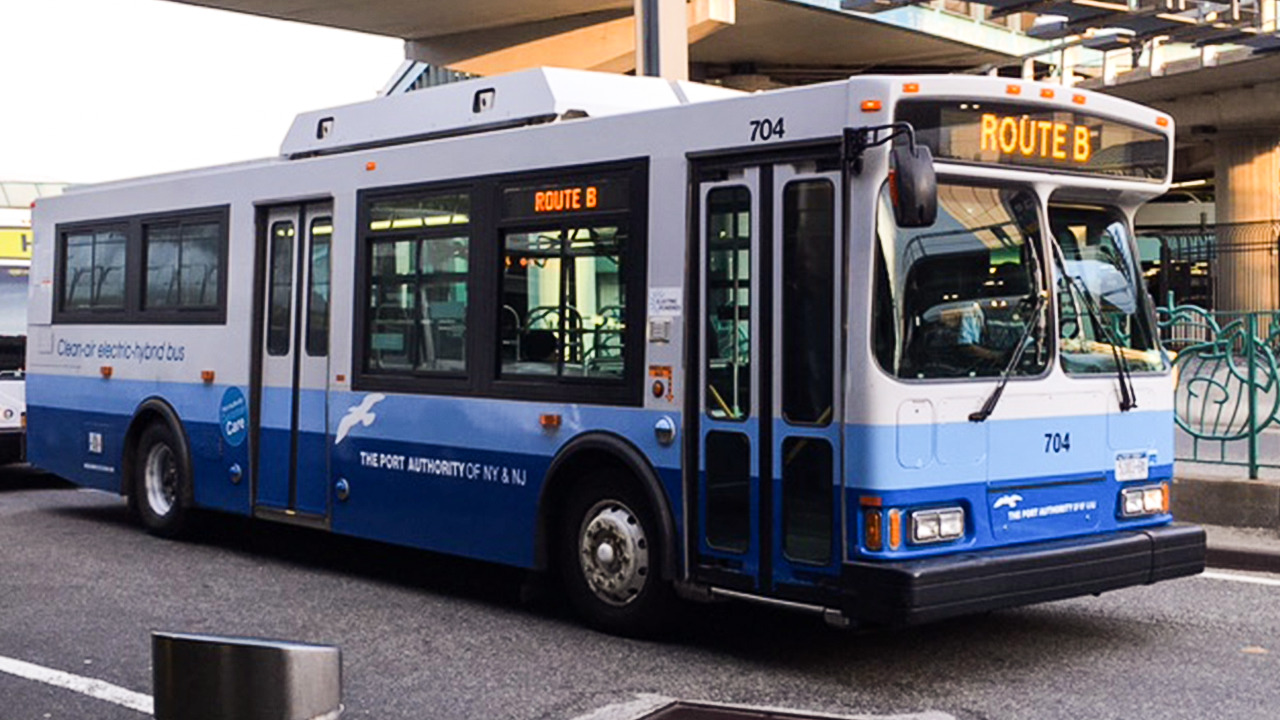There is a greater societal mission than ever before to reduce our emissions and create a better planet at large, and a Hybrid Transit Bus might be the ticket.
Part of that can be done on an individual level, but it takes larger measures to ensure fewer carbon emissions over years and decades. Making those changes to public transportation is a great way to make an impact. As it stands, many areas use what are known as ICE buses. These are buses that make use of traditional combustion engines, which produce vastly more emissions than the hybrid or electric vehicles that have been gaining popularity.
Table of Contents
How a Hybrid Transit Bus Works
The hybrid transit bus is a way to cut down drastically on carbon emissions over the life of the vehicle. It features an electric motor as well as an internal combustion engine that is smaller than the average combustion engine.
It achieves a greater level of efficiency thanks to the electric motor. This motor lets the combustion engine operate at times of maximum efficiency, drastically cutting down on the carbon emissions put back into the atmosphere.
Although it does not totally eliminate the need for diesel fuel, it drastically reduces the need. That alone is enough to reduce carbon emissions from public transportation exponentially in a short period of time. The long-term impacts could be potentially huge.
How Hybrid Transit Buses Compare to ICE Buses
Traditional ICE buses feature large combustion engines that require diesel fuel to power them. Diesel exhaust has ozone precursors, dioxins, arsenic, formaldehyde, and many other toxic substances that get put back into the air.
Because of this polluting effect, operating a hybrid or fully electric bus fleet is not only better for the environment but the whole community as a whole, but also where they have been in use.
The goal is to drastically cut down on those carbon emissions and make for a more efficient vehicle, and this thankfully this technology has matured in the last decade to offer so many options for retrofit ICE bus fleets.
Even better, there are no “size” sacrifices required by using hybrid engine tech since most of the hybrid transit buses in service today are of the standard 40-foot variety, though they can range from 22 to 60 feet as well.
The goal is to drastically cut down on those carbon emissions and make for a more efficient vehicle
The Benefits of a Hybrid Transit Bus
There are more than a few benefits to be had from the implementation of the hybrid transit bus. Among them are the obvious reduction in emissions but also reduced costs, better overall performance, and increased fuel efficiency.
Reduced Emissions
The biggest benefit of making the switch to hybrid transit buses is that they have substantially fewer carbon emissions than the ICE bus. It is estimated that the hybrid buses will be able to cut down on emissions by as much as 75% compared to traditional diesel ICE buses.
This is largely due to the ultra-low sulfur diesel and electric drive while also using improved fuel economy that comes with hybrid systems.
With the implementation of a particulate filter, the hybrid bus has been shown to cut emissions by as much as 90%.
Increased Fuel Efficiency
Since the hybrid still does require fuel, there is a need for greater fuel efficiency as well. Compared to traditional ICE buses, the hybrid bus shows substantial increases in fuel economy. That is just another area of savings to be had as there will be less need to spend on fossil fuels.
In most cases, hybrid buses have been able to provide a near 40% improvement over standard diesel buses in terms of fuel efficiency.
That said, the range for fuel efficiency can run from 25% all the way to just over 50%, which can mean huge savings on fuel.
Reduced Costs
One of the major selling points, other than drastically reduced emissions, is savings and reduced costs. Hybrid buses generally have lower maintenance costs due to the fact that there is less stress on the various mechanical components. Things such as brake linings require less work, which means extending the life of that part in particular anywhere from 50% to 100%.
Hybrid buses also have fewer parts, which means less time spent on maintenance at large. That means more time on the road, less time spent making repairs or performing maintenance, which can create huge savings over the long run.
Though the average cost of hybrid buses can be higher up front, savings can be had over the life of the vehicles. Not to mention hybrid buses tend to last longer as well.
Conclusion
When it comes to a hybrid passenger bus versus a bus powered by an ICE (Internal Combustion Engine), there is no comparison in public transit buses. The former is not only cutting down on emissions by anywhere from 75% to 90%, but they are also showing reduced costs and better fuel efficiency as well.
The switch to hybrid buses is one that should see a steady increase. It is a slam dunk for cities that are putting reduced emissions at the top of their lists. Because NEBR is an authorized dealer from BAE Systems – one of the largest manufacturers of transit bus hybrid systems and components – We can provide service, parts, warranties, and consultation on implementation, retrofitting and ongoing maintenance for hybrid bus fleets. Give us a call today.













